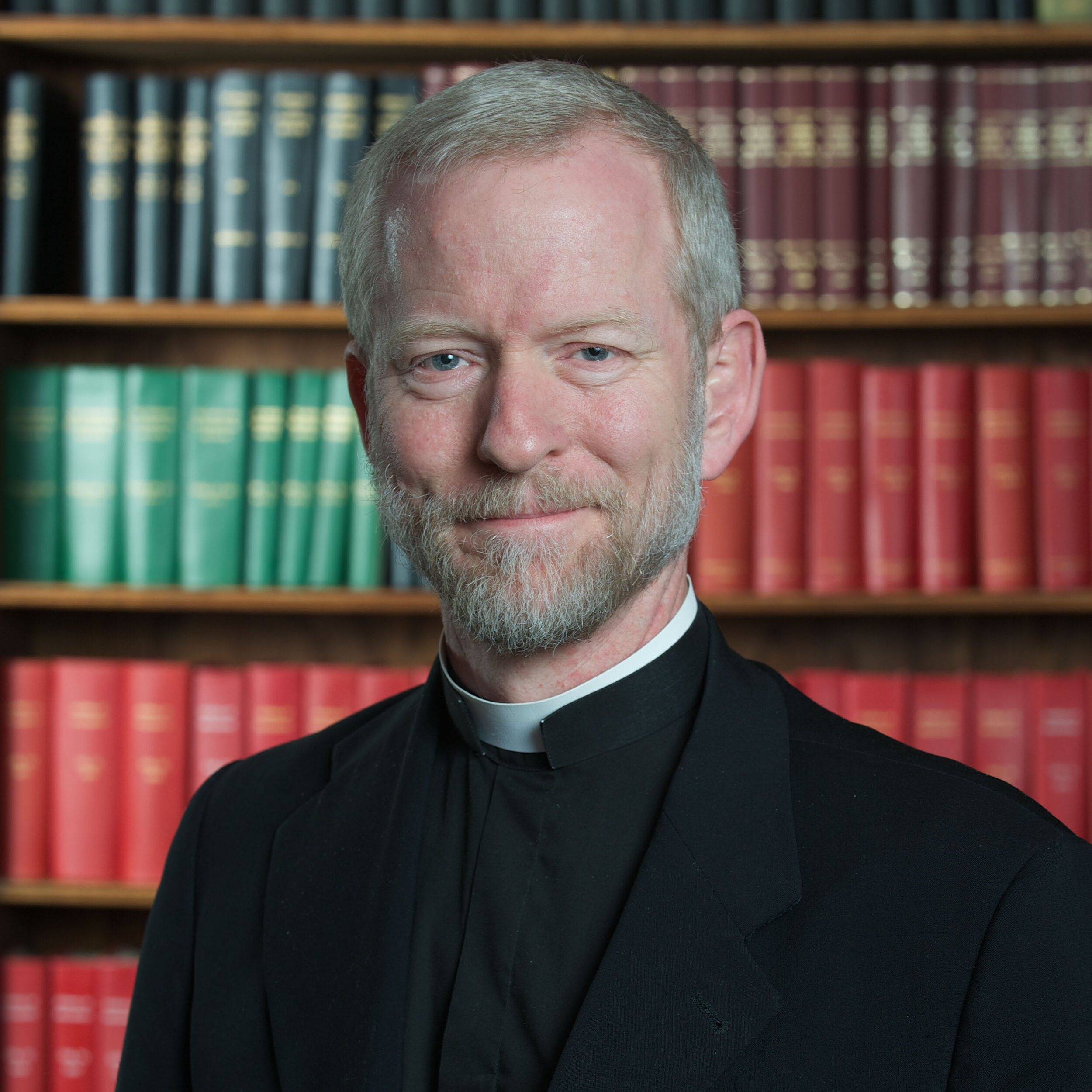Making Sense of Bioethics: Column #219 : Contextualizing Near-Death Experiences
Near-death experiences (NDEs) are a complex set of phenomena that often include reports of leaving one’s body, seeing it from outside or above, passing through a tunnel of light, seeing various forms of illumination, experiencing the presence of deceased relatives and friends, and even sensing the presence of angelic or divine beings. Between 12 and 15 percent of resuscitated heart attack patients report NDEs.
Sometimes discussions of these experiences include spiritual interpretations and religious overtones, and some commentators have claimed that “near-death experiences are certainly pronounced and conspicuous evidence of a transphysical soul” that we may use “to extract information about the afterlife.” Such strong claims, however, require further substantiation, even as they trigger vigorous discussion.
NDEs, to be clear, are not instances of a person actually dying and then returning from the dead to tell about it. If an individual were to die and return to life, there would have to be a supernatural explanation and cause. Human corpses do not come back to life, apart from the rare miraculous events surrounding the deaths of Jesus, Lazarus, the daughter of Jairus, the son of the widow and Nain, as we see in the Gospels.
Human death always involves the key notion of irreversibility, which is to say: the irreversible cessation of circulatory and respiratory functions, or the irreversible cessation of all functions of the entire brain, including the brain stem, as explained in the 1981 Guidelines of the American Medical Association. NDEs involve situations that are reversible. They may be caused by physiological phenomena that arise as the human brain faces various stressors, like oxygen deprivation, rather than any properly supernatural phenomena.
While supernatural forces could, in theory, cause an NDE, explanatory entities should not be multiplied beyond necessity, as “Occam’s razor” counsels. The Church’s wisdom in evaluating such matters is that we should generally prefer a natural explanation for a phenomenon, unless and until the evidence for a supernatural explanation becomes truly compelling or overwhelming.
Rather than presupposing a supernatural explanation for NDEs, scientists have considered alternative explanations by examining stressful, near-death situations and their effects on brain function.
A 2023 Scientific American article notes how researchers “analyzed EEG data from four comatose patients before and after their ventilators were removed. As the patients’ brains became deprived of oxygen, two showed an unexpected surge of gamma activity, a type of high-frequency wave linked to the formation of memory and the integration of information.”
This raises the prospect that even in situations of severe hypoxia, certain brain functions may, at least briefly, operate in ways that could still affect thought and perception.
Dr. Kevin Nelson, a researcher who has studied near-death experiences extensively, notes “One of the most common causes of near-death experiences is fainting," which is able to generate a sense of being separated from your own body, or a feeling of euphoria. Researchers have also reported that a restriction of oxygen flow to the eye can sometimes result in an experience of tunnel vision.
Others have argued that central nervous system hallucinatory mechanisms may contribute to NDEs. The well-known neurologist, Dr. Oliver Sacks, notes how migraine headaches can generate illusions or hallucinations, which sufferers often describe as pulsating lights, shimmering illumination, or fields of brightness.
Sacks has also described the work of Swiss neuroscientist Dr. Olaf Blanke who was able to generate a hallucination, “a ‘shadow person’ in a patient by electrically stimulating her left temporoparietal junction. ‘When the woman was lying down,’ Sacks reported, ‘a mild stimulation of this area gave her the impression that someone was behind her; a stronger stimulation allowed her to define the [someone] as young but of indeterminate sex.’”
NDE’s can also resemble drug-induced experiences, and many have noted the similarity of NDE accounts to essays written by conscious drug users about their experimentations and trips while using drugs like mushrooms, cannabis, LSD, ayahuasca, etc.
Sacks also offers the important observation that the reason hallucinations seem so real is that “they deploy the very same systems in the brain that actual perceptions do.” When a person is hallucinating a face, the fusiform face area, normally used to perceive and identify faces in the surrounding environment, is activated; when someone is hallucinating a voice, the auditory pathways are stimulated. It seems reasonable to believe that NDEs may rely on similar mechanisms.
Sacks also raises the possibility that NDEs may not occur when individuals are actually suffering an absence of circulation to the brain or when they are trapped in a deep coma, but rather as they are surfacing out of the coma and their cortex is beginning to regain function.
Since it is difficult to verify the cause of an individual’s NDE, it is wise to use some caution around the interpretation of such experiences.
The most authoritative source of information about the afterlife remains the One who came from heaven, redeemed us through His suffering, death and resurrection, and who invites us to follow Him into eternal life.
Copyright © 2024, The National Catholic Bioethics Center, Philadelphia, PA. All rights reserved.

